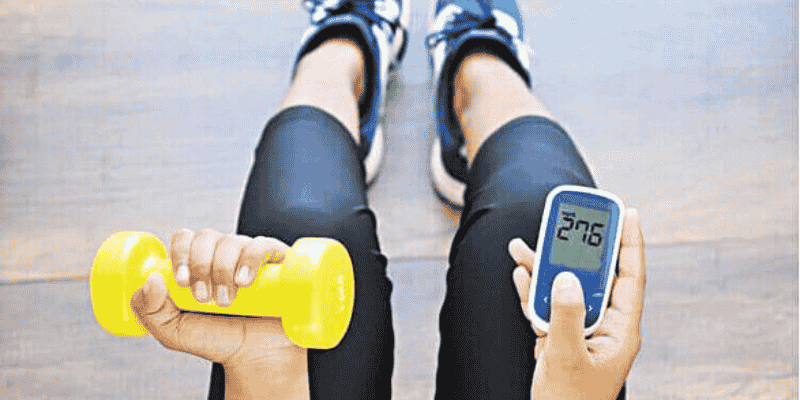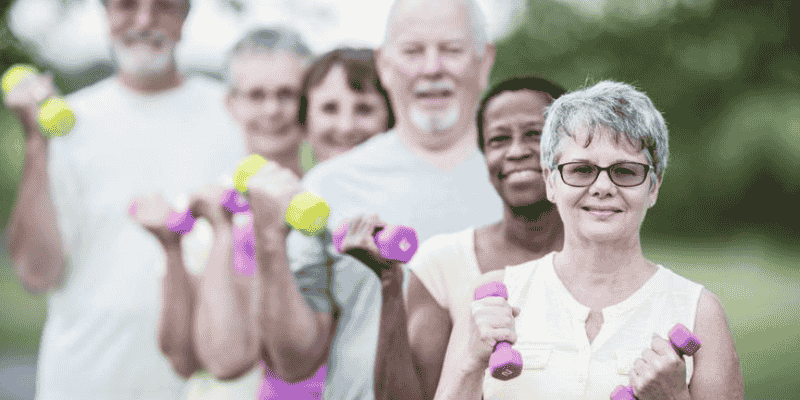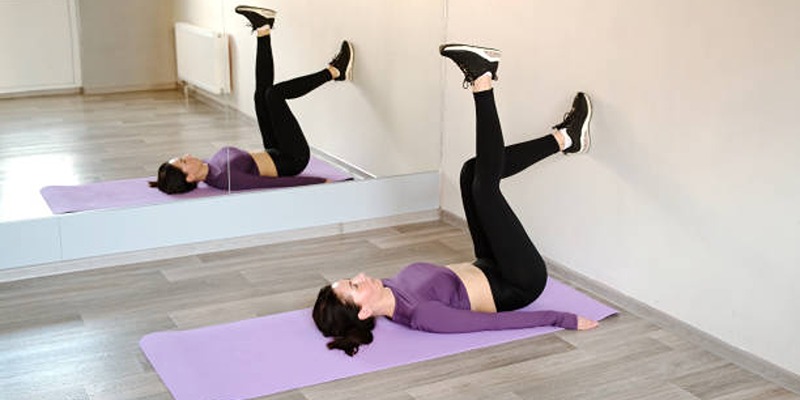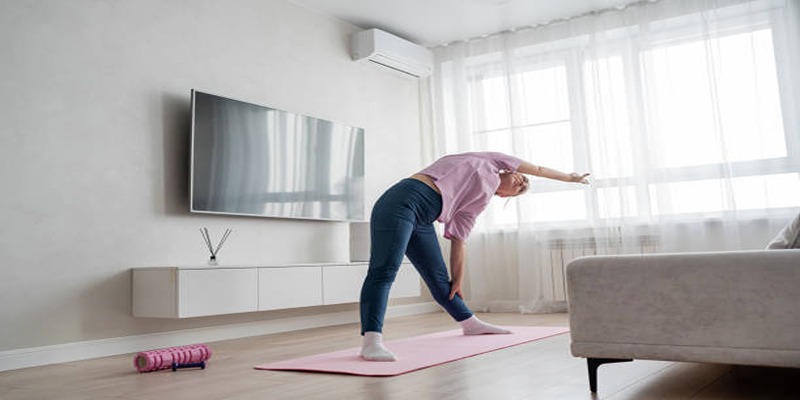Diabetes is a health condition that impacts the body's ability to regulate the amount of sugar in the blood. It has also been observed to have increased over recent years and has become common across all ages. Diabetes management is a daily responsibility that involves food, medication, and lifestyle practices physical activity is among these, and it is a very important factor. Regular movement can be a great aid in stabilizing blood sugar levels and contributing to better overall health, a benefit that many people are not aware of. Physical activity does not necessarily imply visiting the gym or engaging in strenuous exercises.
Even minor steps, such as walking, stretching, or light exercises at home, can make a noticeable difference. Physical activity is important to diabetics because it can increase the ability of the body to use insulin, decrease the dosage of medication required and avoid future complications. It is also useful in controlling weight and relieving stress, which may affect blood sugar levels.
This resource will describe the impact of exercise on diabetes, the types of exercise that are most beneficial, and how to design a safe and effective program. The correct steps can turn being active into a routine and a powerful tool in coping with diabetes.
Understanding the Link Between Physical Activity and Diabetes
When a person is affected by diabetes, the body either produces insulin insufficiently or is not able to use it effectively. Insulin is the hormone involved in transferring sugar from the blood to body cells for utilization as energy. Exercise assists with this process by making the body more sensitive to insulin. That is, the body can utilize insulin more effectively, a condition that helps maintain proper blood sugar levels. When exercising, muscles need sugar (glucose) in the blood as an energy source. This helps reduce blood sugar levels naturally. Even light or moderate exercise, such as walking or cycling, can make a difference. Over time, regular exercise can help the body respond more effectively to sugar, particularly in individuals with type 2 diabetes. People with type 1 diabetes can also take advantage of physical activity, yet they should pay more attention to insulin management and the prevention of low blood sugar levels. Most studies have indicated that physically active people have more controlled levels of blood sugar. Exercise also prevents the chances of other complications that are related to diabetes, like heart disease and high blood pressure. Being aware of this relationship is the first step in using movement as a diabetes management tool.

Benefits of Physical Activity for People with Diabetes
- Improves blood sugar control by helping muscles use glucose and enhancing insulin sensitivity.
- Supports weight management by burning calories, aiding weight loss, and preventing weight gain.
- Reduces the need for medication as the body becomes more efficient at using insulin.
- Boosts heart health by lowering blood pressure, improving circulation, and reducing bad cholesterol.
- Enhances mental well-being by reducing stress, anxiety, and fatigue and boosting mood and energy.
Types of Physical Activities Recommended
People with diabetes don't need to follow a strict or intense workout plan. The goal is to move the body regularly in ways that feel comfortable and safe. Various types of activities can be incorporated into a weekly routine, each offering its unique benefits.
Aerobic exercises are very effective for managing diabetes. These include walking, cycling, swimming, dancing, or even gardening. Aim for at least 30 minutes a day, five days a week. This type of activity helps improve heart health and gradually lowers blood sugar levels. For beginners, even 10- or 15-minute sessions can be helpful when done regularly.
Strength training is also important. It includes exercises such as lifting light weights, using resistance bands, or performing bodyweight movements like squats and wall push-ups. Doing strength exercises 2 to 3 times a week helps build muscle, and more muscle means better use of blood sugar.
Flexibility and balance exercises, such as stretching, yoga, or simple balance drills, are also useful, especially for older adults. These activities help reduce the risk of falls, improve posture, and support joint health. Together, these types of physical activity create a balanced routine that supports diabetes management safely and enjoyably.
How to Start and Maintain a Routine Safely
Initiating an exercise regimen is a positive step; however, for individuals with diabetes, safety and planning are crucial. It is always advisable to consult a doctor before embarking on a new exercise routine and more so when one has other underlying health issues such as heart problems, feet problems, or chronic diabetes complications. A medical examination would help determine the type of activity that is safe and what to avoid. Start at a slow pace and make small achievable objectives. Make an example; begin with 10 minutes of walking after dinner, and so on. The point is to mix movement into everyday life regularly.
Select the activities that you enjoy to make it less of a burden and more of a routine practice that is healthy. You should also test your blood sugar levels before and after exercising, especially when you are on insulin or certain diabetes medications. When blood sugar levels are either low or high, it may not be the ideal time to exercise. A small snack should be at hand in case of low blood sugar when exercising.

Conclusion
Diabetes care is not only medical but also everyday decisions we make exercise can be described as one of the best means of controlling blood sugar levels, improving heart health, and enhancing overall well-being. It helps the insulin in the body work more effectively, maintains a healthy weight, and reduces the risk of developing serious complications.
The positive aspect of it is that it does not have to be difficult to be active even the simplest movements, such as walking, light stretching, or household chores, can help tremendously as long as they are done regularly. The most important thing is to make it a part of life and be regular. Build up slowly with realistic, small goals, and listen to your body. Reward yourself with the progress you achieve.












